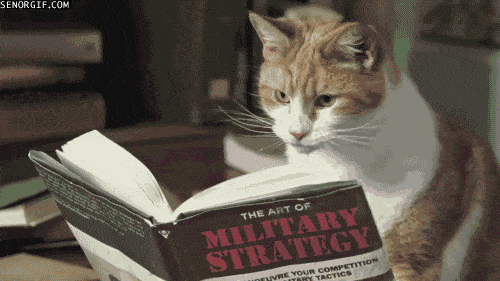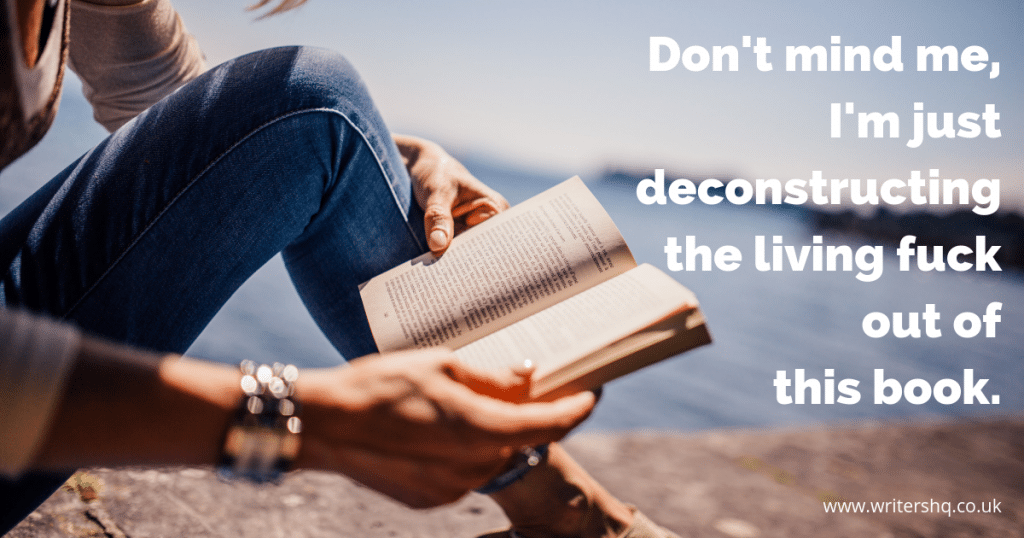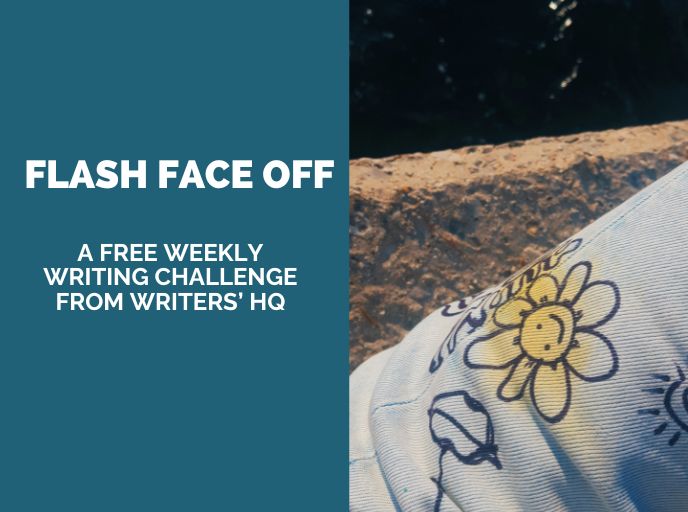
Hey.
Watcha readin’?
Something light and fluffy or something deep and meaningful or a mix of both?
Something you’ve read a zillion times before?
Something someone recommended to you but you’re not really digging it but need to finish it because otherwise they’ll think you hate their book choices (even though you secretly do)?
Something life-changing?

Actually, we don’t care what you’re reading. I mean, we CARE, but there’s no reading snobbery here. No judgement. ALL reading is worthwhile, because it teaches us so much about writing. Every book – good, bad, incomprehensible, mind blowing, weird, unexpected, outdated, boring as fuck, throw-across-the-room-amazing – is a learning opportunity.
Read far and wide and deep.
Because reading is the single most important writing tool in your arsenal (snarf, arse).
It can teach you what NOT to do.
It can teach you what you WISH you could do.
It can teach you about structure and characterisation and dialogue and description and atmosphere and pace and narrative voice and help you figure out what you like and what you don’t like and isn’t it amazing how different people can vehemently love or hate the same book?
So make use of every single book you read, no matter whether you enjoy it or not.
That’s right. No rest for the wicked. No casual reading for YOU, dear writer. Nope, we’re putting you to work.
Whether you’re lounging around in a blanket with a fancy hardback, or fitting in a quick ten minutes of reading on your phone/e-reader on your commute, or re-reading your favourite tome because why not, it’s your life.
Whatever you’re reading, there are valuable writing lessons in them there pages.
And we’re gonna extract them…

HOW TO DECONSTRUCT YOUR CURRENT READ:
Get yerself a book.
Get yerself a notebook (or some sort of note-taking receptacle/app/thingy).
Er. Read the book.
Make (brief) notes on the following:
- The high points (all the really exciting, emotionally intense, gnawing at the pages moments) and whereabouts in the story they occur
- The low points (parts that really drag, feel out of place, should have been edited/cut, or just don’t do it for you)
- Where the main character starts – physically and emotionally
- Where they end up – physically and emotionally
- What they learn along the way, and/or how they change
- Any recurring themes or motifs that keep cropping up
- The ‘points of no return’ – where the events of the story can’t go anywhere but forward
- The ‘voice’ of the book – who is telling the story and how does this perspective add to the atmosphere?
- How you feel when you finish the story – are you left with questions?
AN IMPORTANT NOTE: This ain’t no exercise in literary criticism or english literature analysis. No one will be marking your work. These notes are for your own use and you may want to add to or ignore the list above. Go with your GUT. Write down what strikes you about the story: what works, what doesn’t, what you like, what you hate, what makes you go ‘hmm’.
If you really wanna go to town, you could even start deconstructing its finer structural points, specific literary techniques, or do some in-depth character analysis – or, if all of this feels like way too much work for a novel you’re meant to be reading for fun, just limit your notes to the first item on the list: the high points.
Because when you drill right down, that’s what every book is made up of. A dot-to-dot connection of ‘moments’. Action followed by reaction followed by action. Cause and effect. And when you start to see stories in their skeleton form like this, it becomes much easier to deconstruct and re-build your own stories.
Excuse the marketing jazzhands for a second, but all these things are ripped straight from our Plotstormers course, which helps you to identify 16 essential plot points that are common to almost every single story in the world. If you’ve gone through your book and picked out all the ‘high points’, chances are you’ve chosen many of those very same points. And once you have those big, obvious plot points in place, it’s a short hop to figuring out how the rest of the story expands from there. The subtleties of subplots. The wiggly journeys of character arcs. The underlying themes you didn’t even know were lurking beneath the surface…
And all this from a bit of book-dismantling. Huh.
WARNING: This technique is highly addictive and soon you will become That Person no one wants to watch telly with because you’re pointing out the ‘mid-point hinge’ and ‘the long dark teatime of the soul’ and predicting what will happen in the second act and the antagonist’s inevitable redemption arc.
Yeah. It’s a curse and a blessing.
BUT it will also teach you SO much about how to tackle your own stories, how to grapple with structure and piece together all the little scraps of ideas floating in your brilliant writer brain. (And if you need any help, there’s always Plotstormers, natch!)
So go and read. Read, read, read. Read ALL the books. (And secretly deconstruct them while you’re at it.)
Your writing will thank you.








